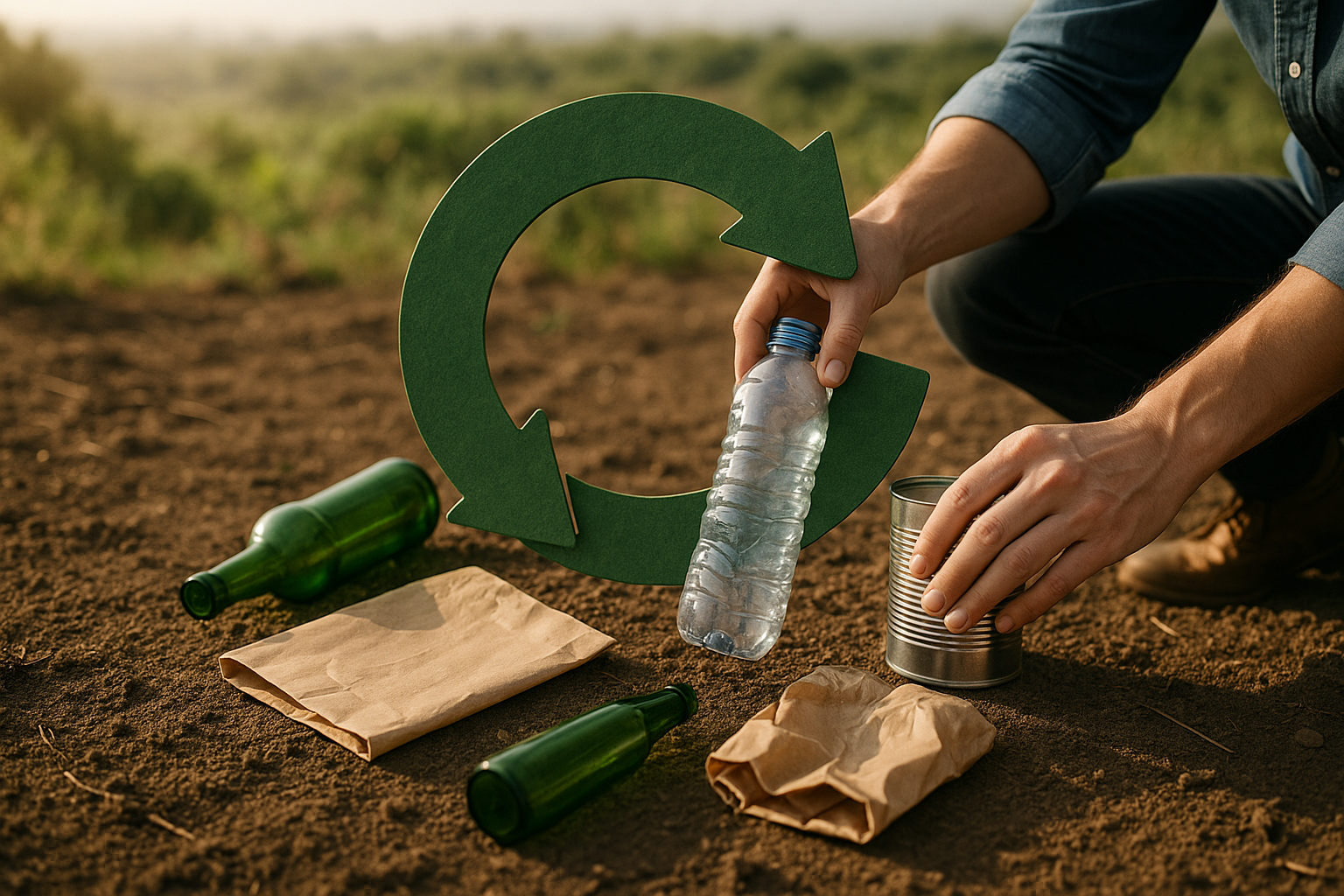Documenting and Tracking Items During a Property Emptying Project
A concise overview of how to record, sort and track belongings during a property emptying project, covering inventory methods, disposal routes such as recycling or donation, handling hazardous items, and practical coordination for transport and resale.

Emptying a property requires a structured approach to documenting and tracking items so decisions about decluttering, valuation, disposal and reuse are clear and defensible. A solid first paragraph of notes should describe the scope of the job, the condition of the property, key contact details and any immediate safety concerns. Early documentation reduces disputes, speeds logistics and helps decide whether items are suitable for donation, resale, recycling or require specialist hazardous disposal. Recording dates, photos, and brief descriptions at the outset makes later scheduling, transport and compliance checks simpler and supports transparent communication with local services or charities.
Decluttering: What to document?
When you begin decluttering, list items by room and category so inventory efforts are efficient. Note piece counts, visible condition, and whether an item has sentimental, practical or resale value. Use simple tags or colour-coded notes for items destined for donation, recycling, upcycling, resale or waste. Photographic records are useful for fragile or high-value pieces; brief video walkthroughs can capture context such as furniture placement and general room condition. Include notes on accessibility that might affect removal logistics or require additional manpower or equipment.
How to create inventory and valuation?
An inventory should combine short descriptions, serial numbers (if present), dimensions and one or two photos per significant item. For valuation, record condition and any provenance details: receipts, maker’s marks, or dated documentation. Use spreadsheets or inventory apps that allow later filtering by category (resale, donation, hazardous). When formal valuation is needed, note that a qualified valuer may be required for antiques, artworks or items with potential high resale value; otherwise establish a working internal valuation range to guide decisions on resale versus donation.
How to handle recycling and donation?
Identify which materials are recyclable locally—metal, glass, certain plastics, cardboard and textiles are common candidates—and separate them during clearance. For items suitable for donation, check local charity acceptance criteria and scheduling for collection or drop-off; some charities accept furniture, clothing and household items in good condition. Clearly mark donation-bound items and obtain receipts when possible for records. Recycling and donation both support sustainability goals and can reduce transport volumes and waste costs while benefiting local charities and organisations.
What are logistics and transport considerations?
Plan logistics around access, vehicle size, and lift requirements. Document whether stairs, narrow hallways or parking restrictions will affect transport choices. Create a transport sheet that lists pickup times, vehicle types, estimated load sizes and required protective materials (blankets, straps). Coordinate with local services for bulky waste collection or with licensed waste carriers for regulated materials. Good scheduling reduces double-handling and helps manage labour costs and time on site during the clearance.
How to manage hazardous waste and compliance?
Flag hazardous items in the inventory and label them clearly: batteries, asbestos-containing materials, solvents, certain paints, pesticides and medical sharps all require special handling. Record locations and quantities, and follow local regulations for transport and disposal to ensure compliance. Use licensed hazardous waste carriers where necessary and retain manifest or disposal receipts as proof of compliant handling. Including compliance notes in the project file protects parties involved and supports sustainability and safety objectives.
How to plan scheduling, resale and upcycling?
Integrate scheduling with inventory priorities so items for resale or charity collection are set aside early and given priority transport slots. Track items earmarked for resale with extra photos and valuations, and record where they will be listed or which reseller or auction house will handle them. For items appropriate for upcycling, document condition and potential refurbishment needs so craft or renovation partners can quote accurately. Clear scheduling prevents missed pickups and reduces the chance that valuable items are unintentionally discarded.
In conclusion, a disciplined approach to documenting and tracking during property emptying improves transparency, reduces waste and supports smoother logistics for recycling, donation, transport and resale. Combining concise written records, photos, clear labelling and a simple inventory system helps teams, local services and charities coordinate effectively while ensuring hazardous materials and regulatory compliance are managed appropriately.






